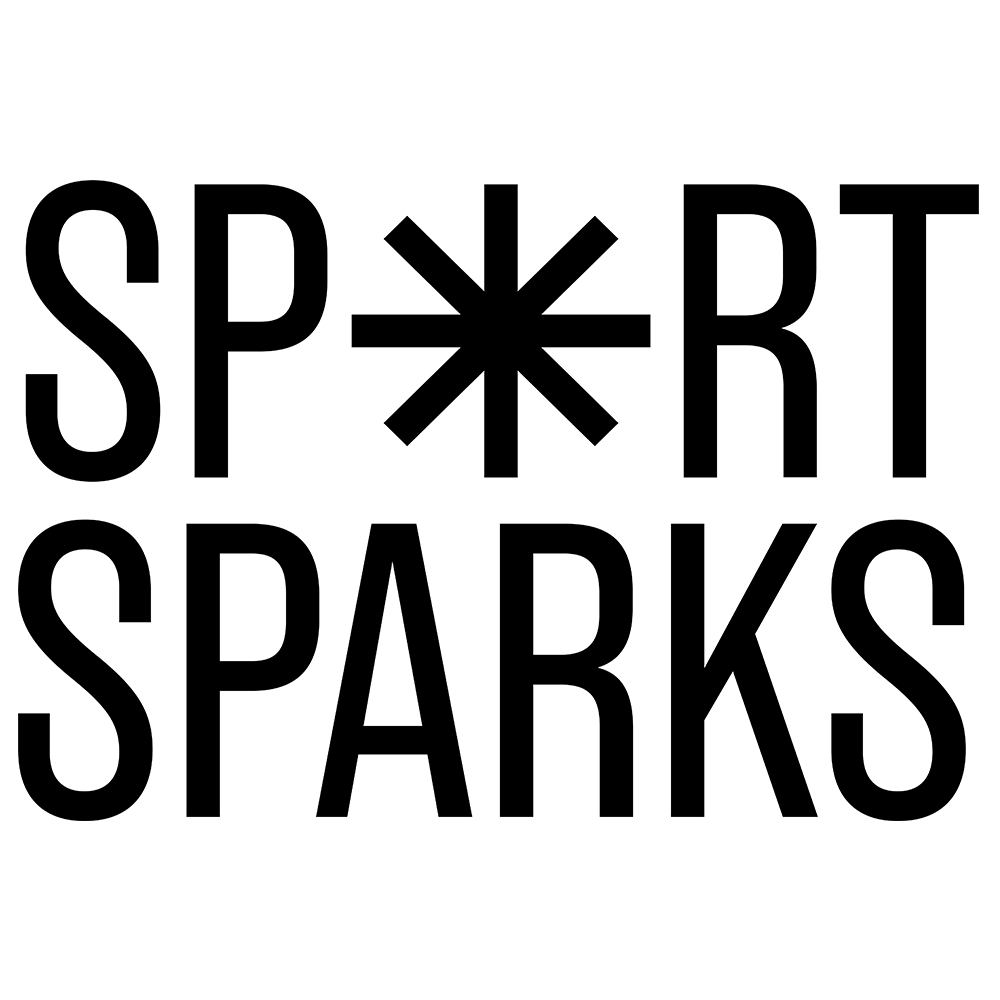
Once you’ve come up with your ideas, our refining guidelines will help you get creative in developing them further.
Six guidelines are listed below, for the full set of thirteen guidelines we recommend downloading our PDF here.
THE REFINING GUIDELINES
Some of our refining guidelines are listed below as questions, along with examples of how they can be applied to a coaching challenge. Choose one of the guidelines to begin boosting your ideas. For the full set of thirteen guidelines, download our PDF here.
COACHING CHALLENGE EXAMPLE
‘A swimmer has asked for strategies to
reduce her tiredness. She has not reported a lack of sleep, her nutrition and diet are balanced, and she undergoes regular recovery processes.’

HOW COULD YOU INCREASE FEEDBACK RELATED TO THE IDEA AS PART OF YOUR ACTION PLAN?
Set the swimmer the task to take personal responsibility for their fatigue and ask them to develop an action plan to reduce their fatigue through their daily activities.
Ask the swimmer to start with a goal and outline the steps needed to reach it.

HOW COULD YOU SIMPLIFY THE ACTION PLAN BY REMOVING SOMETHING FROM IT?
Review the current training plan to spot possible causes of stress or fatigue. In the plan, create targets to reduce or remove the stress and fatigue.
Run the plan past the swimmer and note down any benefits which appear.

HOW COULD YOU MAKE THE IDEA MORE RESPONSIVE TO DIFFERENT COACHING SITUATIONS?
Invite a coach from a different sport to work with the swimmer on land-based activities that focus on rest and recuperation.
If the activities help reduce the swimmer’s fatigue, try adding them into future training plans.

HOW CAN COACHES AND ATHLETES BE EMPOWERED TO IMPLEMENT THE IDEA THEMSELVES?
Find legitimate resources focussed on mindfulness techniques and make them available to the swimmer.
Encourage them to use these tools and techniques before bed to improve sleep and focus. Track the impact of using the techniques over time.

HOW COULD YOU MAKE THE IDEA MORE TRANSPARENT AND EASIER TO UNDERSTAND?
Encourage the swimmer to read about another sport and to think about their problem in a different context.
Guide the swimmer to take note of the challenges the author writes about, and what they can learn from them.

HOW COULD YOU MAKE THE IDEA WORK MORE HARMONIOUSLY WITH THE REST OF THE ACTION PLAN?
Show the swimmer training plans for other swimmers who have experienced similar challenges.
Discuss approaches other athletes have taken and what could work for them. Take it one step further by linking the swimmer’s training to the training of the whole team or club that they belong to.



